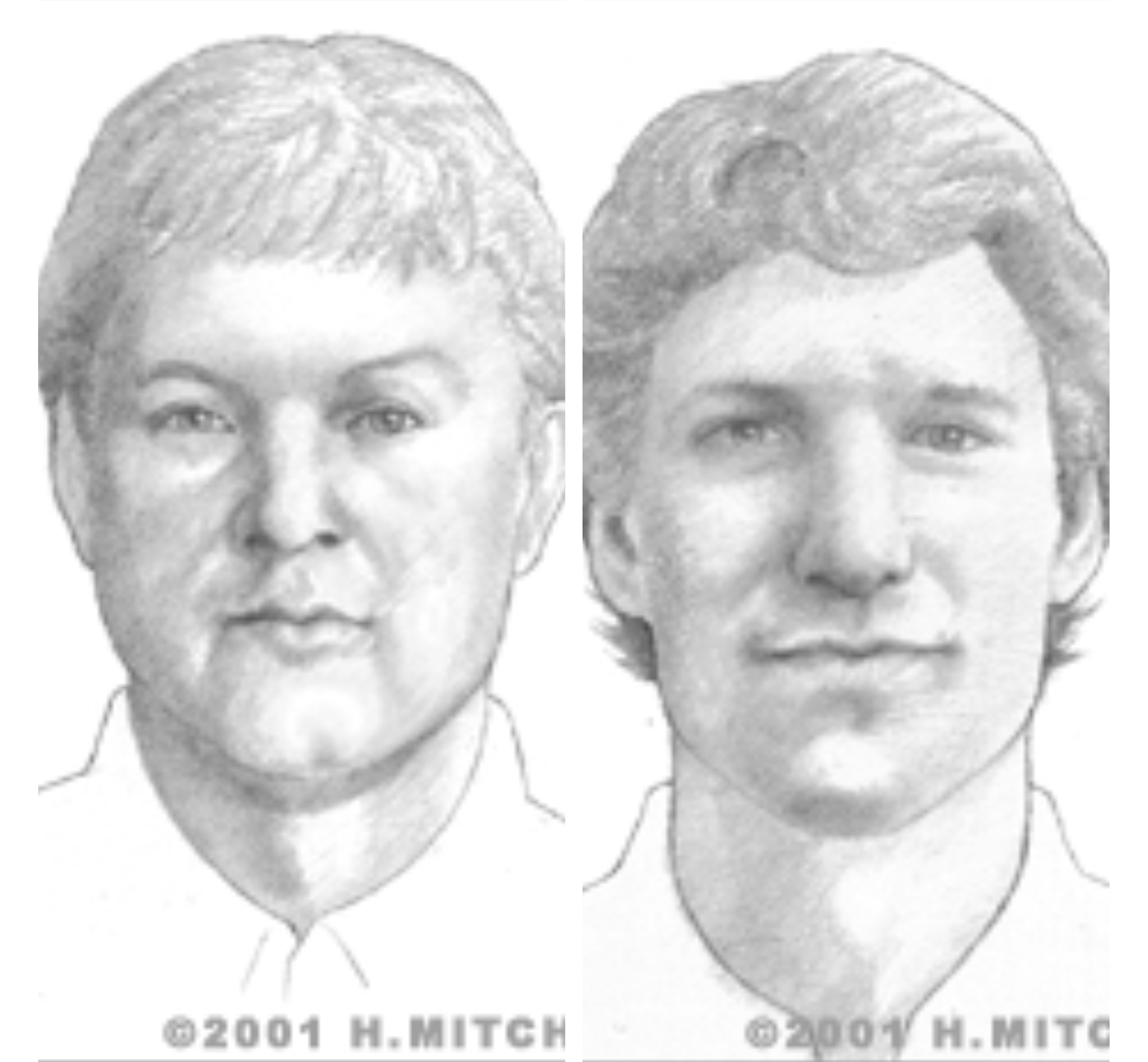Marc Andreesen and Eric Bina
The age of the Internet continues to be one filled with tremendous opportunity for young, up-and-coming technologists to make their marks on the world early in their careers. Such was the case with Marc Andreesen and Eric Bina, inventors of “Mosaic,” an Internet browser software system that helped to speed the widespread use and adoption of the Internet around the world.
In 1992, while Andreesen was an undergraduate student and part-time assistant at the National Center for Supercomputing Applications (NCSA) at the University of Illinois, the World Wide Web had just begun to take off. His position at NCSA allowed him to become very familiar with the Internet and with the Web. At the time, most of the browsers available were for Unix machines, which were expensive.
This made it difficult for anyone other than academics and engineers to use the Web, since only they tended to have access to such machines. The user-interfaces of available browsers also tended to be not very user-friendly. Thus, Andreesen decided to develop a browser that was easier to use and more graphically rich. He recruited fellow NCSA employee, Eric Bina, to help with his project. The two worked tirelessly to create what would eventually become a new browser unlike any that had existed before: Mosaic.
Mosaic was much more graphically sophisticated than other browsers of the time. Like other browsers, it was designed to display HTML documents, but new formatting tags like "center" were included.
Especially important was the inclusion of the "image" tag which allowed users to include images on Web pages. Earlier browsers allowed the viewing of pictures, but only as separate files. Mosaic made it possible for images and text to appear on the same page. Mosaic also sported a graphical interface with clickable buttons that let users navigate easily and controls that let users scroll through text with ease. Another innovative feature was the hyperlink. In earlier browsers, hypertext links had reference numbers that the user typed in to navigate to the linked document. Hyperlinks allowed the user to simply click on a link to retrieve a document.

In early 1993, a Mosaic version created for Unix was posted for download on NCSA's servers, and in weeks, tens of thousands of people had downloaded the software. Andreesen and Bina soon developed PC and Mac versions, which were released in the late spring of the same year. With Mosaic now available for more popular platforms, its popularity skyrocketed. Both Andreeson and Bina graduated from the University of Illinois in 1993 and headed for Silicon Valley to build a business.
In mid-1994, Mosaic Communications Corp. was officially incorporated in Mountain View, California. The result of the company’s efforts that year was Netscape, a browser system that incorporated many of Mosaic’s benefits and characteristics. There was one major problem facing the company, however. The University of Illinois claimed that Andreesen had stolen Mosaic from them and demanded they change their name and quit distributing their product.
Mosaic changed its name to Netscape Communications Corporation, but refused to quit distributing software. On December 21, 1994, an agreement was reached. The University of Illinois made no further claims on Netscape and received a financial settlement. The settlement plus legal expense cost Netscape close to $3 million. By 1996, 75% of Web users used Netscape. Today, Netscape is a subsidiary of America Online, but the system has only a third of the Web's users. Microsoft’s Internet Explorer has replaced Netscape as browser number one.
Nevertheless, the creation of Mosaic was a major catalyst to the World Wide Web’s early growth and popularity, assuring Andreesen’s and Bina’s places on the list of Internet pioneers.


